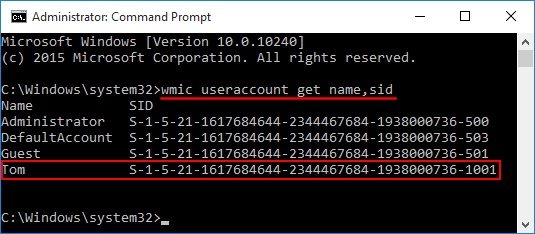

NumericToVisibilit圜onverterĬonverts numeric values to the Visibility type. If the input value is 0, the converter returns False otherwise, it returns True.īack conversion is not supported.
#Colorconverter get name how to
See the following example that explains how to use the ObjectToObjectConverter. It is returned when the conversion fails. DefaultSource – the property is used in a backward conversion.DefaultTarget – this property contains an object, which should be returned in case of a failed conversion.Map – this property contains a collection of MapItem objects that map input and output values.ObjectToObjectConverter provides three properties. This converter acts as a dictionary, which maps predefined input values to output values of any type. These converters are useful when binding one property to another of an incompatible type (for instance, when binding a control’s Boolean property to a property of the Visibility type).Īll converters are in the namespace. To use the markup extension you must have a namespace reference to your project.The 21.2 library provides a set of extended value converters that help you perform conversions between different types and even between values of the same type.

IsValid takes a string value and indicates if the value can be converted to a color.Īlso included is a markup extension called NamedColor that returns a solid brush based on the name provided.For example: aliceblue, Hot track color, AZURE, and #ff 80 ff 80 are all valid colors. The color name is case insensitive and may contain spaces. FromName takes a string value and if possible returns a value.SystemNames returns a list of system color names.Names returns a list of the named colors.AllNames returns a list of all known color names.The heart of the project is a module called NamedColors. More specifically I wanted to be able to convert a string representation of a hexadecimal, color, or system color name into a real color and then extend that to allow markup to support conversion to a brush. I wanted a unified way to also include system colors. The built in markup extensions allow converting from hexadecimal or named color to brushes. This small sample provides the ability to present names as hexadecimal, color name, or system color names. I wanted a way to convert string names into colors and brushes.


 0 kommentar(er)
0 kommentar(er)
